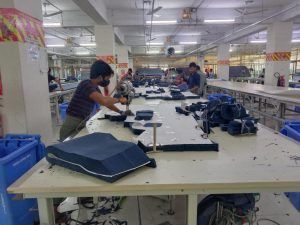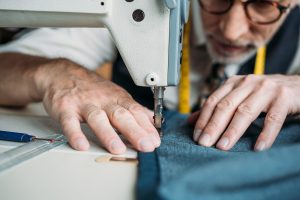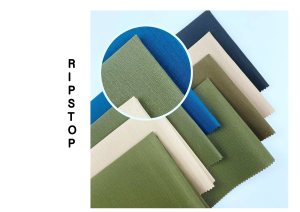Clothing is more than just a practical necessity; it is a reflection of personality, mood, and social context. One of the most common decisions we face in fashion is whether to wear formal wear or casual wear. Each style serves a different purpose, conveys a unique impression, and has its own set of advantages. Understanding the distinction between the two can help you dress appropriately while feeling confident and comfortable.
Defining Formal Wear
Formal wear refers to clothing designed for professional, ceremonial, or sophisticated settings. This includes tailored suits, dress shirts, blazers, ties, trousers, formal dresses, and polished shoes. The focus is on structure, neatness, and elegance. Fabric quality, precision tailoring, and proper fit are crucial in formal wear because these elements project professionalism, reliability, and attention to detail.
Key Features of Formal Wear
- Tailored fit for a polished appearance
- Premium fabrics like wool, silk, or high-quality cotton
- Neutral or subtle colors for a professional tone
- Structured designs that maintain shape
Formal wear is essential for office meetings, business presentations, interviews, weddings, and other occasions where making a strong, confident impression is important.
Understanding Casual Wear
Casual wear, in contrast, prioritizes comfort, freedom, and personal expression. This category includes t-shirts, jeans, hoodies, polo shirts, casual dresses, and sneakers. While casual wear may be less structured than formal wear, fabric quality still plays a vital role in ensuring comfort, durability, and style. Casual wear allows more creativity in patterns, colors, and textures, making it ideal for relaxed settings, social gatherings, or day-to-day errands.
Key Features of Casual Wear
- Comfortable and flexible fit
- Soft, breathable fabrics like cotton, linen, or blends
- Vibrant colors and patterns for personal expression
- Designs that support ease of movement
Choosing the Right Look for You
Selecting between formal wear and casual wear depends on context, lifestyle, and personal style. Consider the following factors:
- Occasion: Business events or formal gatherings call for structured formal wear, while weekends, outings, or casual meet-ups favor relaxed casual wear.
- Comfort: Ensure that your clothing allows freedom of movement, especially for everyday casual wear.
- Impression: Formal wear conveys professionalism and authority, whereas casual wear communicates approachability and creativity.
- Fabric Quality: Regardless of style, high-quality fabrics improve the appearance, comfort, and longevity of garments.
Balancing Both Styles
A versatile wardrobe often combines both formal wear and casual wear. Owning a few well-tailored formal pieces alongside comfortable casual staples allows seamless transitions between work, social life, and personal activities. The key is investing in quality fabrics and fits that make you feel confident in any setting.
Conclusion
Choosing between formal wear and casual wear is about more than fashion, it’s about purpose, confidence, and self-expression. Formal wear establishes professionalism and elegance, while casual wear celebrates comfort and individuality. By understanding the differences and prioritizing quality, you can build a wardrobe that caters to every occasion while reflecting your personal style.





